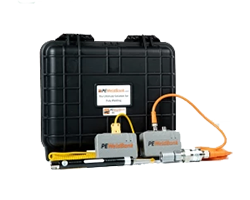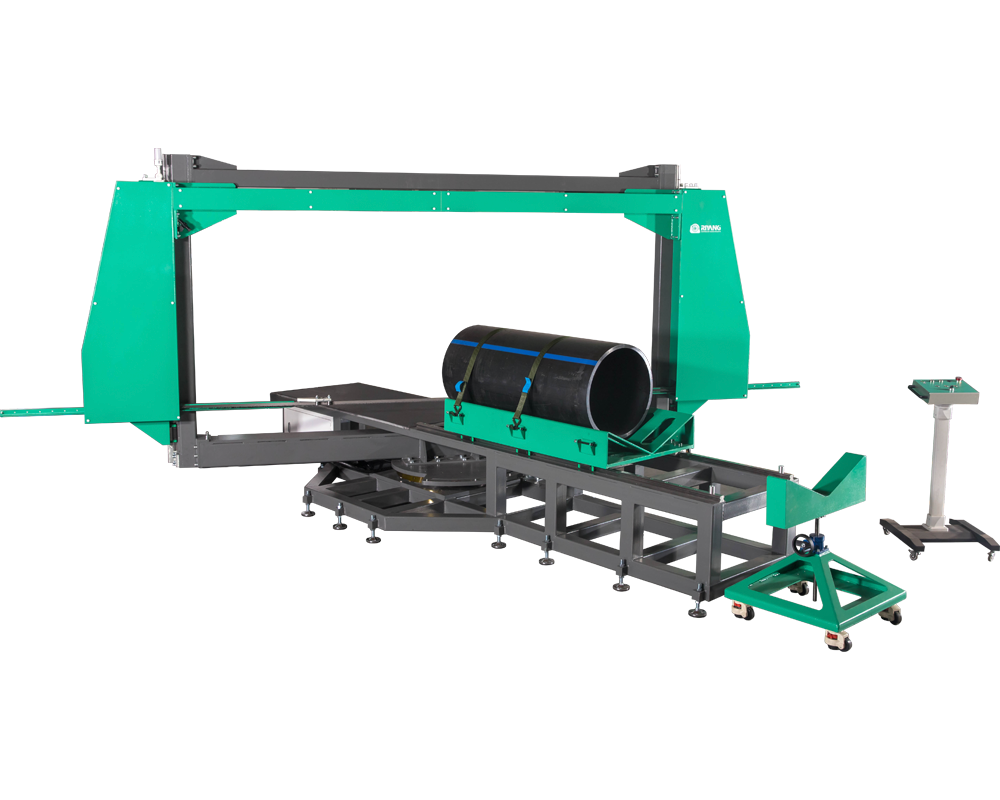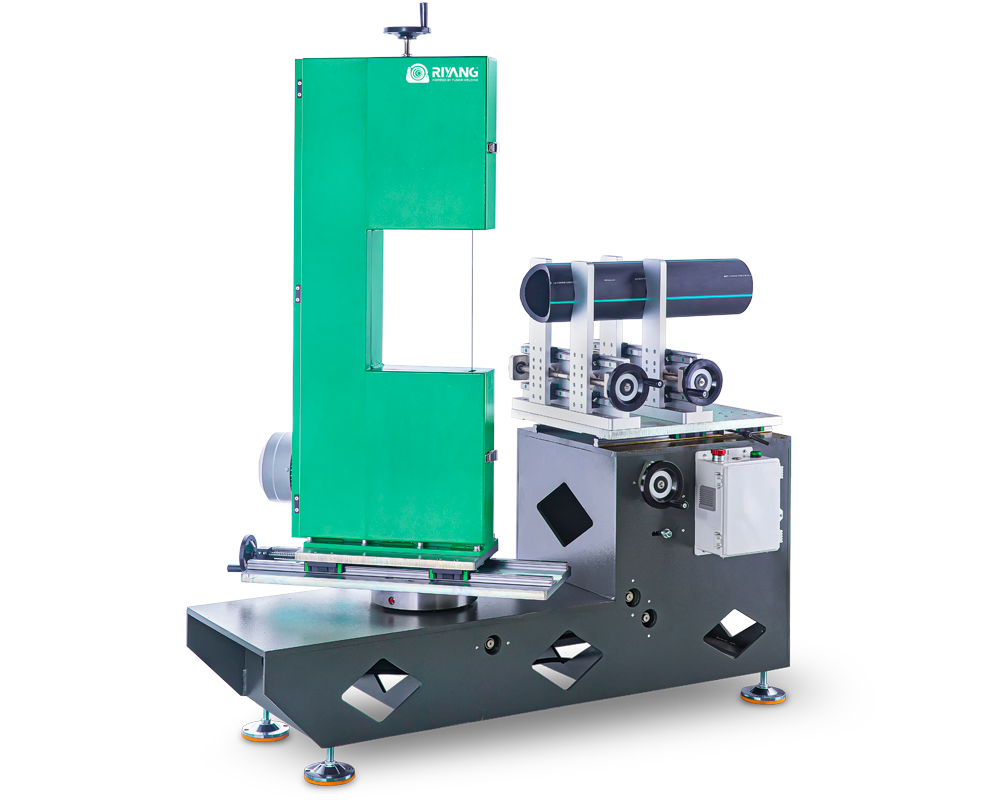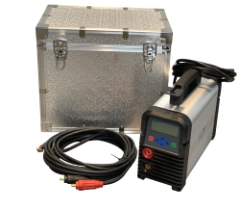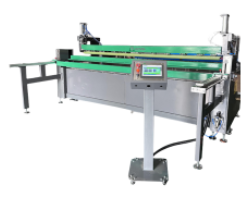Revolutionizing Pipeline Infrastructure: The Dawn of Advanced Butt Fusion Machines
Revolutionizing Pipeline Infrastructure: The Dawn of Advanced Butt Fusion Machines
High-density polyethylene (HDPE) pipes have become the cornerstone of modern infrastructure, offering unparalleled durability, corrosion resistance, and a long service life for critical applications across various industries. From municipal water and gas networks to robust solutions in mining and industrial sectors, HDPE's versatility is unmatched. However, the true strength of these pipeline systems lies in the integrity of their joints, a challenge adeptly met by advancements in butt fusion technology. Modern butt fusion machines are no longer just tools for joining pipes; they are intelligent, automated systems that ensure the highest quality, most reliable welds. This article delves into the transformative innovations making today's butt fusion machines indispensable.
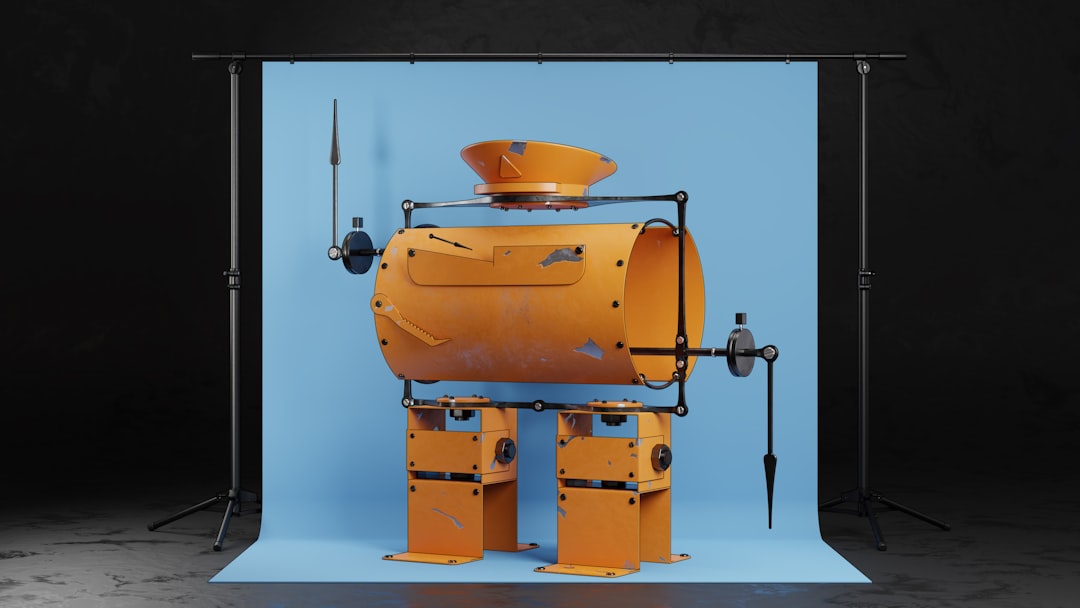
The Evolution of Butt Fusion Welding
Butt fusion welding is a thermofusion process that joins the square-cut ends of two pipes or fittings of the same diameter, wall thickness, and material type, typically 90mm outer diameter (OD) and higher. This technique creates a molecular bond that, when properly executed, results in a joint as strong as the pipe itself, eliminating the need for thrust blocks or similar measures. Historically, manual butt fusion machines required significant operator intervention, but the industry has seen a rapid shift towards semi-automatic and fully automatic systems to improve consistency and quality.
Key Advancements in Modern Butt Fusion Machines
The landscape of butt fusion technology has evolved dramatically, driven by the demand for higher efficiency, precision, and traceability. Here are the core innovations:
1. Advanced Automation and Control Systems
Modern butt fusion machines feature sophisticated computerized control systems that automate various stages of the welding process. Fully automatic machines handle everything from heating to cooling, while semi-automatic versions guide operators through each step, setting and maintaining precise hydraulic pressures and timings. This automation significantly reduces the potential for human error, ensuring consistent, high-quality welds.
2. Integrated Data Logging and Traceability
One of the most critical advancements is the integration of data logging capabilities. Machines now track, record, and store vital parameters of each fusion process, including temperature, pressure, time, and even GPS coordinates. This data is crucial for quality assurance, risk management, and compliance with industry standards like ASTM F3124, providing a comprehensive audit trail for every joint fabricated.
3. Enhanced Precision and Feedback Mechanisms
Contemporary machines boast impressive precision, capable of maintaining heating plate temperatures within ±1°C. Intelligent matching capabilities automatically configure welding parameters, while real-time analysis tools, such as live graphs, visualize the fusion process, alerting operators to any deviations from specifications.
4. Robust and Ergonomic Design
Butt fusion machines are designed for the rigors of field use. They feature high-strength frameworks, often with compact steel boxes for the gear case, ensuring durability even in extreme working conditions. Despite their robustness, many are increasingly portable, enabling quick deployment in remote or challenging environments.
5. Multi-Material Compatibility
Today's butt fusion equipment is highly versatile, capable of welding a wide range of thermoplastic materials beyond just HDPE, including PE, PP, PB, and PVDF. This broad compatibility makes them a valuable asset across diverse pipeline projects.
6. User-Friendly Interfaces and Guided Workflows
Beyond technical sophistication, modern machines prioritize ease of use. Intuitive interfaces with large buttons, concise on-screen instructions, and multi-language support simplify operation and minimize training requirements. Guided workflows walk operators through setup and fusion, making the process straightforward even for less experienced personnel.
7. Advanced Safety Features
Safety is paramount, and new machines incorporate features like safety micro-switches on milling cutters, emergency stop buttons, and protective guards. These enhancements ensure a safer working environment for operators.
Benefits of Employing Advanced Butt Fusion Machines
The integration of these advancements yields significant advantages for pipeline projects:
- Superior Joint Integrity: Creating strong, leak-proof connections that surpass the strength of the pipe material itself.
- Reduced Human Error: Automation minimizes inconsistencies and errors associated with manual operation, leading to more reliable joints.
- Increased Efficiency: Faster welding cycles and reduced downtime contribute to significant productivity gains and lower labor costs.
- Enhanced Compliance and Quality Control: Comprehensive data logging provides verifiable proof of weld quality, meeting stringent industry standards and facilitating audits.
- Cost-Effectiveness: Long-term savings through reduced leaks, fewer repairs, and extended pipeline lifespan.
- Environmental Responsibility: As an eco-friendly alternative to traditional methods, butt fusion produces zero emissions and minimizes material waste.
Applications Across Industries
Modern butt fusion machines play a vital role in numerous sectors:
- Municipal Water and Gas Distribution: Ensuring safe and reliable delivery of essential utilities.
- Chemical and Industrial: Handling corrosive substances and demanding process applications.
- Mining and Slurry Transport: Withstanding abrasive materials and harsh environments.
- Agriculture and Irrigation: Providing efficient water transport solutions.
- Oil and Gas: Crucial for both offshore and harsh-environment applications.
Comparing Operational Modes
| Feature | Manual Butt Fusion | Semi-Automatic Butt Fusion | Fully Automatic Butt Fusion |
|---|---|---|---|
| Operator Input | High | Moderate (prompts) | Minimal |
| Consistency | Variable | Good | Excellent |
| Data Logging | None | Available | Standard |
| Error Rate | Higher | Lower | Lowest |
| Field Use | Common (smaller OD) | Common | Growing |
The Role of Data Loggers in Quality Assurance
Data loggers, such as McElroy's DataLogger 7 or Riyang's PEWELDBANK, are central to modern butt fusion. They not only record weld parameters but also often offer real-time analysis, guiding the operator through the process and highlighting potential issues. This feature is instrumental for traceability, compliance verification, and proactive defect mitigation, thereby upholding the integrity of the welded joints.
Challenges and Future Outlook
Despite remarkable progress, research continues to address areas such as real-time weld monitoring for proactive defect mitigation, adaptive multi-stage pressure protocols, and the development of reliable qualification and testing methods specifically tailored to large-diameter, thick-wall HDPE pipes.
The future of butt fusion machines is bright, with ongoing innovations expected to further enhance automation, connectivity (IoT), and predictive maintenance capabilities. As the demand for robust, sustainable, and reliable pipeline infrastructure grows, advanced butt fusion machines will remain at the forefront of construction technology, driving efficiency and ensuring long-lasting performance.




